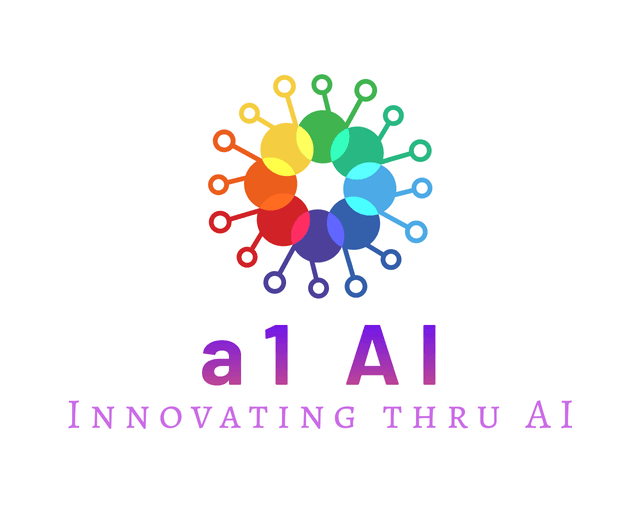IAM (Identity and Access Management)
Strengthening Cloud Security with IAM (Identity and Access Management):
In the era of cloud computing, protecting sensitive data and ensuring secure access to resources is paramount. This is where IAM (Identity and Access Management) security comes into play. IAM serves as a foundational pillar for cloud security, enabling organizations to manage user identities, control access to systems and data, and enforce security policies. In this article, we will explore the importance of IAM security and how it strengthens overall cloud security.Understanding IAM Security:
IAM security revolves around managing and securing user identities, their authentication, and authorization within cloud environments. It involves creating and managing user accounts, defining roles and permissions, and implementing robust access controls. IAM provides a centralized approach to user identity and access management, ensuring that only authorized individuals can access critical resources.The Role of IAM in Cloud Security:
IAM plays a crucial role in strengthening cloud security in multiple ways. Firstly, it enables organizations to enforce the principle of least privilege, granting users only the access they need to perform their tasks. This minimizes the risk of unauthorized actions and potential data breaches. IAM also facilitates strong authentication mechanisms, such as multi-factor authentication (MFA), enhancing the security of user login credentials.Key Components of IAM Security:
IAM security encompasses various components that work together to establish a robust security framework. These components include:- a. User Provisioning: Managing the creation, modification, and deletion of user accounts and their associated privileges.
- b. Authentication: Verifying the identity of users through secure authentication methods like passwords, biometrics, or token-based authentication.
- c. Authorization: Defining user roles, access permissions, and entitlements based on job responsibilities and least privilege principles.
- d. Access Control: Implementing granular access controls and policies to regulate user access to resources and prevent unauthorized activities.
- e. Identity Federation: Establishing trust relationships between different systems to enable single sign-on (SSO) capabilities and seamless access across cloud services.
Best Practices for IAM Security:
Implementing IAM security effectively requires following best practices. Some essential considerations include:- a. Strong Password Policies: Enforce password complexity requirements, regular password changes, and discourage password reuse.
- b. Multi-Factor Authentication (MFA): Implement MFA to add an extra layer of security, requiring users to provide multiple credentials for authentication.
- c. Role-Based Access Control (RBAC): Adopt RBAC to assign roles and permissions based on job functions, ensuring users have the appropriate level of access.
- d. Regular Reviews and Audits: Conduct periodic reviews and audits to assess user access rights, revoke unnecessary privileges, and identify potential security gaps.
- e. Continuous Monitoring: Implement robust monitoring mechanisms to detect and respond to any suspicious activities or unauthorized access attempts promptly.
Emerging Technologies and IAM Security:
As technology evolves, new trends and technologies impact IAM security. These include advancements in biometrics, adaptive access controls, and identity analytics. Staying abreast of these developments can help organizations enhance their IAM security posture and adapt to evolving threats.Conclusion :
IAM security is a fundamental aspect of cloud security, enabling organizations to effectively manage user identities, control access to resources, and enforce security policies. By implementing best practices and leveraging robust IAM solutions, businesses can significantly strengthen their overall cloud security, mitigating risks and safeguarding sensitive data. Adopting a proactive approach to IAM security is crucial in today's dynamic and interconnected cloud landscape.
CONTACT DETAILS
Email: info@a1-ai.com
Phone: 636-248-0643
a1 AI , an EAIVision Company.
2007 - 2023 eAIvision LLC. All rights reserved
Technology Vision
Services
Consulting
Training
Technology Forum
